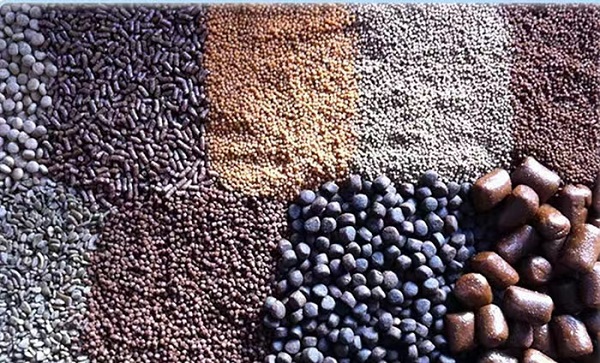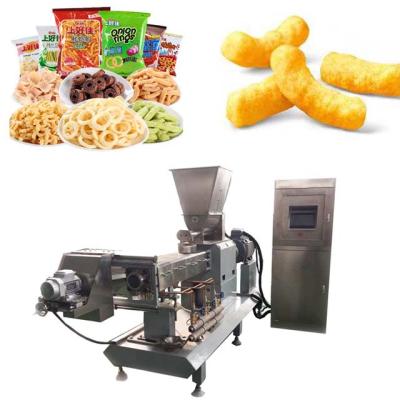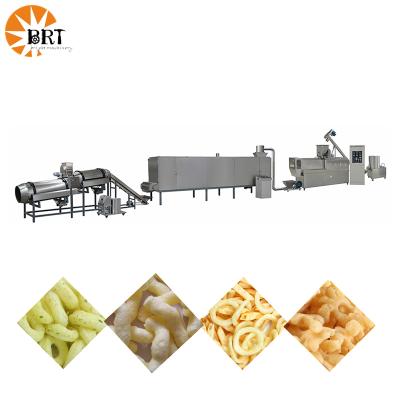Characteristics of Fish Feed
Due to the small stomach and stomach of aquatic animals such as fish and shrimp, and the poor digestion and absorption capacity, the processing technology of aquatic feed is far more demanding than that of livestock and poultry feed. Therefore, it is particularly important to choose the production equipment of aquatic feed.
When choosing aquafeed production equipment, you must first understand the many characteristics of aquafeed:
1. Small particle size. Due to the short digestive tract of aquatic animals and related physiological characteristics, in order to speed up digestion and absorption, the crushed particle size of aquatic feed should be smaller than that of livestock and poultry feed. For example, in the production of eel and shrimp feed, the particle size should reach 80 mesh to 120 mesh.
2. High protein content and low carbohydrate content. The protein content of livestock and poultry feeds is generally less than 20%, while the protein content of aquatic animal feeds is mostly 30% to 40%, and the protein content of turtle and eel feeds is as high as 65% to 70%.
3. The pellet feed has a compact structure, high cohesion and water resistance, and the shrimp feed requires the pellet feed to be stable in water for more than 2 hours.
4. In the production of aquatic feed, cross-contamination is strictly prohibited. Some raw materials need to be treated aseptically. The selected equipment is easy to clean and has less residue. Especially when producing shrimp and eel feed, other types of feed should not be produced at the same time to prevent cross-contamination.



